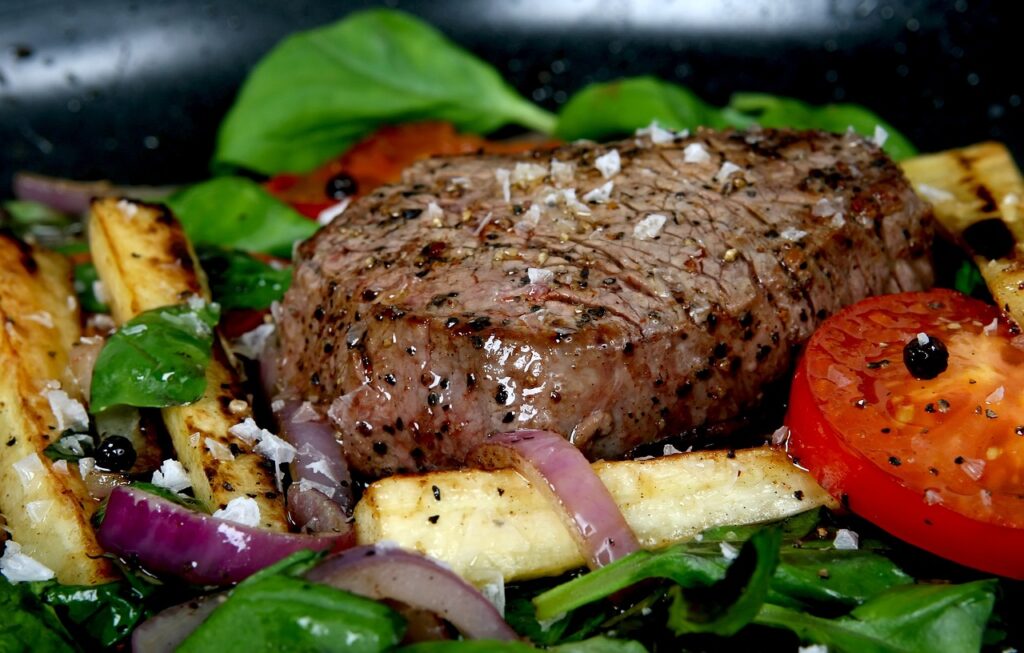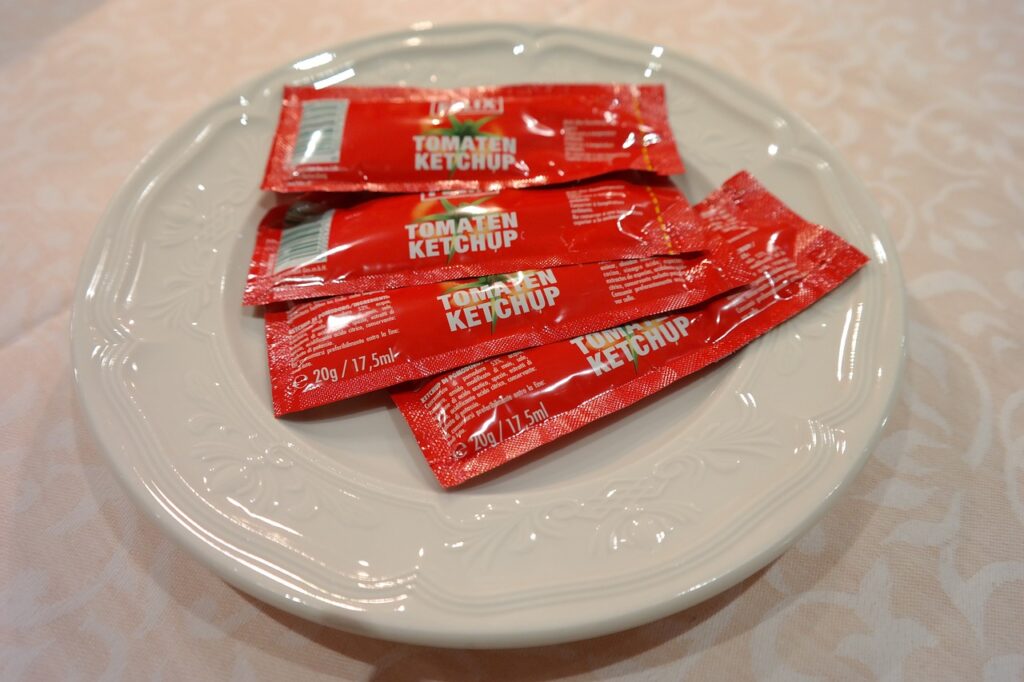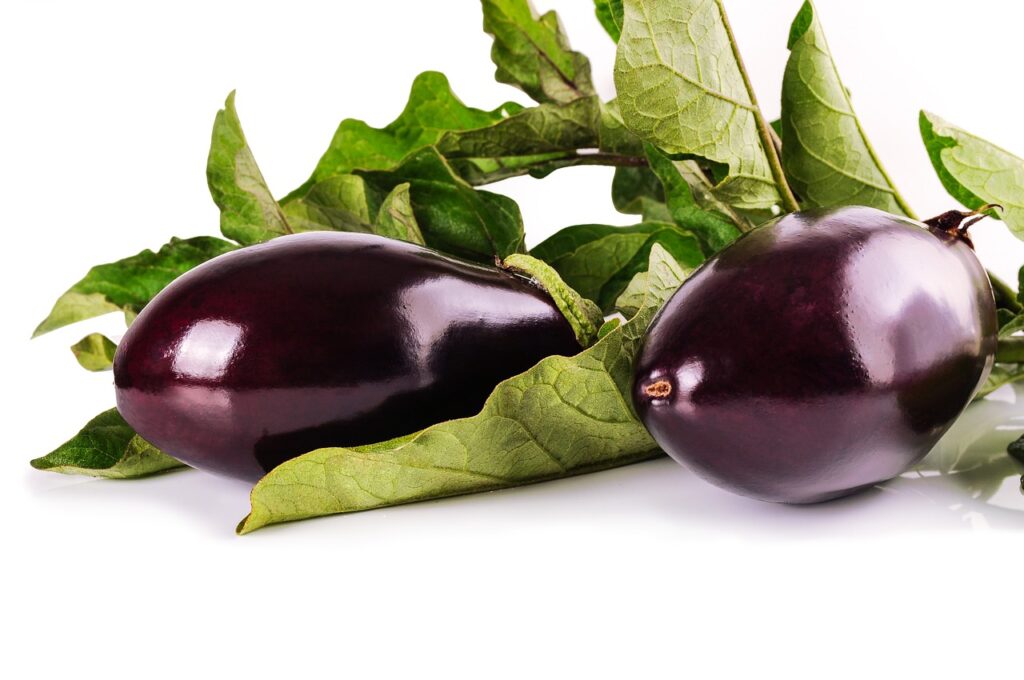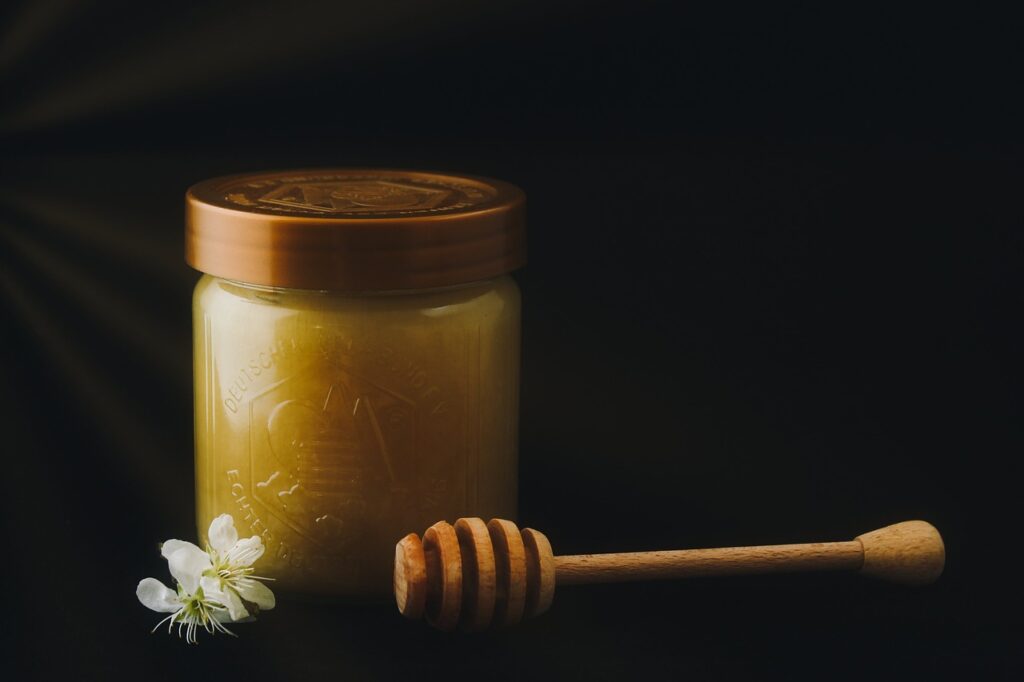Did you know that over 30% of adults in the United States are actively trying to reduce their carbohydrate intake? If you're one of them, you're probably looking for convenient and tasty alternatives to traditional grains.
Well, look no further! In this article, we will introduce you to five low-carb grain alternatives that are not only delicious but also easy to incorporate into your meals.
So, whether you're following a low-carb diet or simply looking to explore new healthy options, keep reading to discover these convenient substitutes that will satisfy your cravings and help you maintain a balanced lifestyle.
Cauliflower Rice

To enjoy a low-carb alternative to traditional rice, try incorporating cauliflower rice into your meals. Cauliflower rice is made by pulsing cauliflower florets in a food processor until they resemble rice grains. This versatile ingredient can be used in a variety of dishes, from stir-fries to sushi rolls.
Cooking cauliflower rice is quick and easy. Simply sauté it in a bit of oil or butter for a few minutes until tender. You can also steam or microwave it for a healthier option. Be careful not to overcook it, as it can become mushy.
In addition to being low in carbs, cauliflower rice offers numerous health benefits. It's a great source of vitamins C and K, as well as folate and fiber. These nutrients contribute to a healthy immune system, bone health, and digestion.
Nutritionally, cauliflower rice is significantly lower in calories and carbohydrates compared to traditional rice. One cup of cauliflower rice contains only about 25 calories and 5 grams of carbs, while the same amount of cooked white rice has around 200 calories and 45 grams of carbs.
Zucchini Noodles
Zucchini noodles, also known as zoodles, are a delicious and nutritious low-carb alternative to traditional pasta. Incorporating zucchini noodles into your low-carb diet offers several advantages.
Firstly, zucchini is low in carbohydrates and calories, making it an ideal choice for those looking to reduce their carb intake. Additionally, zucchini is rich in vitamins A and C, as well as potassium and fiber, which contribute to overall health and well-being.
Preparing and cooking zucchini noodles is a simple and quick process. To start, wash and dry the zucchini thoroughly. Then, using a spiralizer or a julienne peeler, create long, thin strands resembling spaghetti. If you don't have these tools, you can also use a sharp knife to carefully cut the zucchini into thin strips.
Next, lightly sauté the zucchini noodles in a pan with a small amount of olive oil or butter until they become tender. Be careful not to overcook them, as they can become mushy. Finally, season with salt, pepper, and any desired herbs or spices.
Zucchini noodles can be used as a base for a variety of dishes, such as stir-fries, salads, or even as a substitute for pasta in your favorite pasta dishes. They offer a satisfying texture and can be paired with a range of sauces and toppings to create a healthy and delicious meal.
Spaghetti Squash

If you enjoyed the low-carb and nutritious benefits of zucchini noodles, another excellent option to explore is spaghetti squash. This versatile vegetable isn't only delicious but also packed with health benefits.
Here are some creative ways to incorporate spaghetti squash into your meals:
- Low in Calories and Carbs: Spaghetti squash is a great alternative for those watching their carbohydrate intake or looking to reduce their calorie consumption. With only 42 calories and 10 grams of carbs per cup, it's a guilt-free choice.
- High in Fiber: Adding spaghetti squash to your diet can help promote healthy digestion. With 2.2 grams of fiber per cup, it aids in maintaining bowel regularity and can contribute to a feeling of fullness.
- Vitamins and Minerals: Spaghetti squash is a good source of vitamins A and C, as well as potassium, which is essential for maintaining healthy blood pressure levels.
- Gluten-Free Option: For individuals with gluten sensitivities or those following a gluten-free diet, spaghetti squash is a fantastic substitute for traditional pasta.
From using it as a base for stir-fries to incorporating it into casseroles or as a pasta replacement, spaghetti squash offers endless possibilities in the kitchen. Its mild flavor and tender texture make it an ideal ingredient for both savory and sweet dishes.
Almond Flour
Almond flour is a versatile and nutritious alternative to traditional wheat flour. It's especially beneficial for those following a low-carb or gluten-free diet. One of the main benefits of using almond flour in gluten-free baking is its low carbohydrate content. Unlike wheat flour, which is high in carbs, almond flour contains fewer carbs and more healthy fats and protein. This makes it a great choice for those looking to reduce their carb intake while still enjoying delicious baked goods.
In addition to its low carb content, almond flour is also packed with nutrients. It's rich in vitamin E, magnesium, and fiber, which are all important for maintaining good health. These nutrients not only provide added nutritional value to your baked goods but also contribute to a feeling of fullness, helping to curb cravings and prevent overeating.
When it comes to delicious almond flour recipes for a low-carb diet, the options are endless. You can use almond flour to make everything from pancakes and waffles to cookies and cakes. The nutty flavor of almond flour adds a delicious taste to your baked goods, making them even more enjoyable. So whether you're looking to reduce your carb intake or follow a gluten-free diet, almond flour is a fantastic choice for all your baking needs.
Coconut Flour

Coconut flour is a versatile and healthy alternative to traditional wheat flour, perfect for those following a low-carb or gluten-free diet. Here are some benefits of using coconut flour in baking and tips for incorporating it into your favorite recipes:
- High in fiber: Coconut flour is rich in dietary fiber, which aids in digestion and helps regulate blood sugar levels. It can also promote feelings of fullness, making it a great choice for weight management.
- Gluten-free option: For individuals with gluten sensitivities or celiac disease, coconut flour is an excellent substitute. It allows you to enjoy your favorite baked goods without the negative effects of gluten.
- Nutrient-dense: Coconut flour contains essential nutrients such as iron, potassium, and healthy fats. These nutrients contribute to overall health and well-being.
- Recipe adaptation: When using coconut flour, it's essential to adjust the liquid and eggs in your recipes. Coconut flour absorbs more liquid than traditional flour, so you may need to add more moisture to achieve the desired consistency.
Incorporating coconut flour into your favorite recipes can be a delicious and healthy choice. Experiment with it in pancakes, muffins, and cookies to add a unique flavor and texture. Remember to use recipes specifically designed for coconut flour to ensure the best results.
Enjoy the benefits of coconut flour while maintaining a low-carb or gluten-free lifestyle.
Conclusion
In conclusion, these low-carb grain alternatives offer a convenient and healthy option for those looking to reduce their carb intake. Cauliflower rice, zucchini noodles, spaghetti squash, almond flour, and coconut flour provide tasty and versatile substitutes that can be easily incorporated into various dishes.
By exploring these alternatives, you can enjoy your favorite meals while still maintaining a low-carb lifestyle. So why not spice things up and give these grain alternatives a whirl? Your taste buds will thank you!







